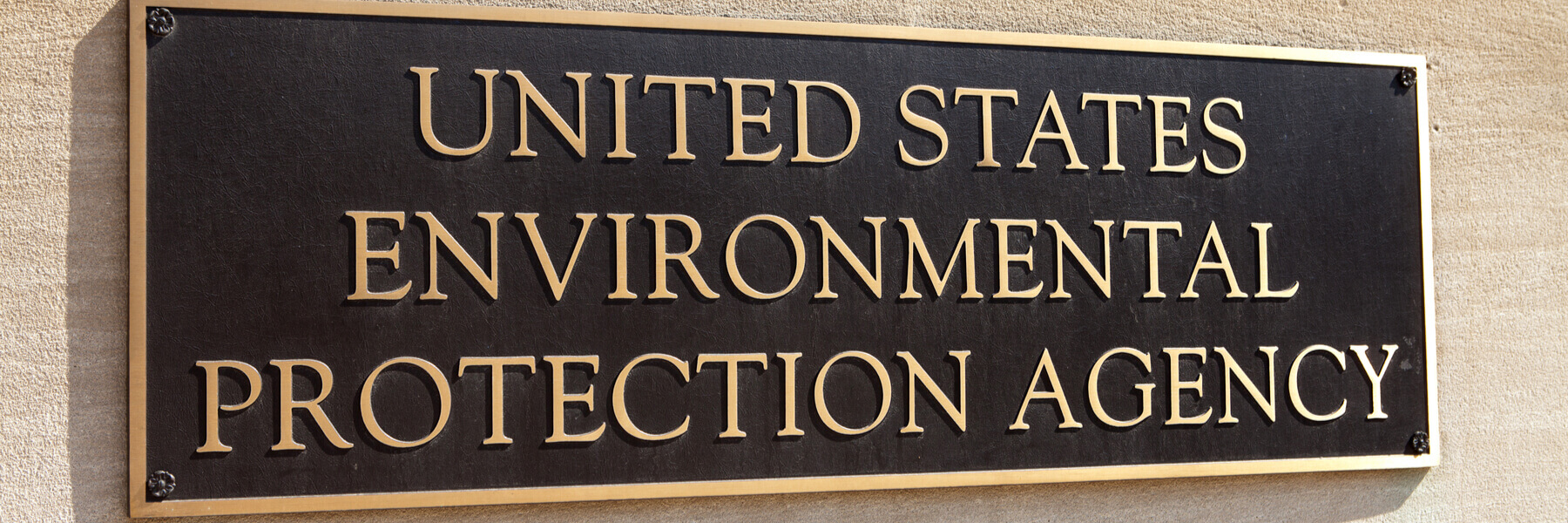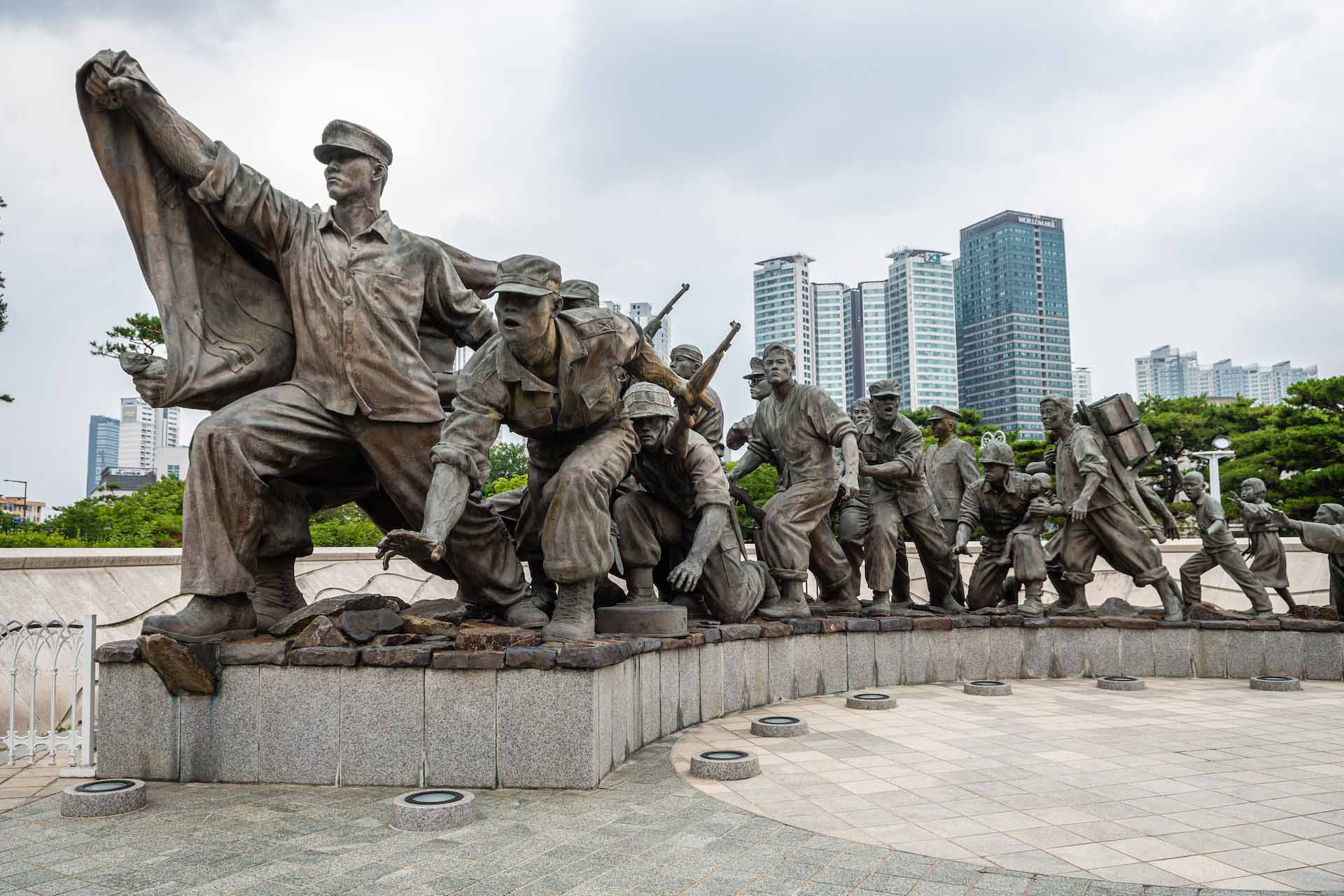Pursuing Justice: Asbestos Claims Against the Navy – A Comprehensive Guide
Asbestos exposure among U.S. Navy personnel has left a legacy of serious health problems, primarily affecting veterans who served aboard naval ships from the 1930s to the 1970s. This article delves into the complexities of asbestos claims against the Navy, shedding light on the legal avenues available for those seeking justice and compensation. From the risks posed by asbestos exposure to the legal processes for filing claims, this guide offers a detailed overview of the issues veterans face when dealing with asbestos-related diseases.
The Prevalence of Asbestos in the U.S. Navy
From the early 20th century through the 1970s, asbestos was widely used in naval ships due to its fire and heat-resistant properties. This material was essential in military applications, as Navy ships required durable materials capable of withstanding extreme conditions. Asbestos was used in everything from pipe insulation and boiler rooms to floor tiles and electrical wiring. The primary personnel exposed to asbestos were maintenance technicians, Boiler Technicians, water tenders, and shipyard workers, among others.
Asbestos was especially prevalent in older naval vessels such as aircraft carriers, auxiliary ships, and amphibious ships. Personnel serving on these ships were routinely exposed to asbestos dust and fibers, particularly when maintenance work disturbed the materials. Poor ventilation systems exacerbated the risk of asbestos exposure, as airborne asbestos fibers would remain trapped within confined spaces aboard ships. Exposure was not limited to those directly working with asbestos products, as secondary asbestos exposure affected other crew members and civilians.
The Health Risks of Asbestos Exposure
The risks of asbestos exposure in the Navy are now well-documented. The inhalation of microscopic asbestos fibers can lead to several serious health conditions, including mesothelioma, asbestosis, pleural mesothelioma, and lung cancer. These diseases have long latency periods, meaning symptoms may not appear until 10-50 years after initial exposure. For veterans, this delayed onset often means they are diagnosed with asbestos-related diseases long after their military service has ended.
Mesothelioma is a particularly aggressive form of cancer that affects the lining of the lungs, heart, or abdomen. Veterans with mesothelioma may experience symptoms such as chest pain, shortness of breath, and severe fatigue. Unfortunately, this disease is often diagnosed at an advanced stage, making treatment difficult. The survival rates for mesothelioma patients are low, but early detection can improve outcomes.
Filing Asbestos Claims Against the Navy
Filing asbestos claims against the Navy presents unique challenges due to legal protections afforded to the military under the Feres Doctrine and the Federal Tort Claims Act. These laws shield the U.S. Navy from direct lawsuits filed by veterans for injuries or illnesses sustained during military service, including asbestos exposure. However, veterans can still pursue legal compensation by filing claims against the manufacturers of asbestos products.
Manufacturers of asbestos-based products knowingly supplied the Navy with materials that exposed service members to dangerous health risks. As a result, veterans with mesothelioma can file lawsuits against these companies or file claims with asbestos trust funds. Many of these manufacturers have since declared bankruptcy and established asbestos trust funds to compensate victims of asbestos exposure. Filing a mesothelioma claim with these trust funds can provide veterans with substantial financial compensation.
How to File a Mesothelioma Claim
Navigating the legal process of filing asbestos claims against the Navy requires the help of experienced mesothelioma lawyers. These legal professionals specialize in asbestos litigation and can help veterans gather the necessary evidence to support their claims. Filing a mesothelioma or asbestos-related claim typically involves compiling medical records, service records, and evidence of asbestos exposure during military service. Veterans must also obtain a doctor’s statement linking their mesothelioma diagnosis to their military service.
The compensation available through asbestos lawsuits and asbestos trust fund claims can help cover medical bills, long-term care costs, and loss of income due to illness. Mesothelioma compensation is often determined based on the extent of the veteran’s disability, which is rated on a percentage scale. For mesothelioma patients, the disability rating is typically set at 100%, allowing for maximum compensation. In some cases, veterans may also be entitled to additional compensation for dependents or survivor benefits if they pass away from their illness.
Veterans Affairs (VA) Benefits for Asbestos-Related Diseases
In addition to asbestos claims against the Navy, veterans with asbestos-related diseases can also seek benefits through the Department of Veterans Affairs (VA). Veterans with service-related asbestos exposure may be eligible for VA disability compensation, which provides monthly payments to veterans diagnosed with asbestos diseases such as mesothelioma, lung cancer, asbestosis, and pleural plaques.
To qualify for VA benefits, veterans must provide medical records showing their diagnosis, military service records that document their occupation, and a statement from a medical professional linking the diagnosis to their asbestos exposure. Veterans dishonorably discharged from the Navy are ineligible for VA benefits, but most other veterans can receive compensation through the VA system.
VA disability compensation for mesothelioma sufferers typically starts at around $3,100 per month, and this amount may increase based on the number of dependents. Veterans with mesothelioma can also access free cancer treatment through the VA healthcare system, including specialized mesothelioma treatment programs. Veterans diagnosed with asbestos-related lung cancer or other asbestos diseases can also apply for these benefits.
The Role of Mesothelioma Lawyers in Securing Compensation
The legal process of filing asbestos claims against the Navy or mesothelioma claims can be overwhelming, but experienced asbestos lawyers play a vital role in helping veterans secure compensation. These legal partners have an in-depth understanding of asbestos laws and the companies responsible for manufacturing asbestos products. By partnering with mesothelioma attorneys, veterans can significantly improve their chances of receiving compensation.
Experienced asbestos lawyers work to hold asbestos companies accountable for the harm they caused, and many lawsuits have resulted in settlements of millions of dollars. Mesothelioma lawsuits can provide financial compensation for medical care, travel costs, lost wages, and funeral expenses for deceased veterans. Legal claims may also include pain and suffering damages for mesothelioma patients and their families.
Wrongful Death Claims for Families of Veterans
If a veteran passes away due to mesothelioma or another asbestos-related disease, their family members can file wrongful death claims to seek compensation. These claims can cover expenses such as funeral and burial costs, medical bills, lost wages, and the emotional toll of losing a loved one. Wrongful death lawsuits can provide families with the financial support they need during a difficult time.
Survivor benefits from asbestos trust fund claims and VA indemnity compensation is also available to the dependents of veterans who have died from asbestos exposure. These benefits help ease the financial burden associated with losing a family member to mesothelioma or another asbestos disease.
Asbestos in Navy Ships Today
Although the use of asbestos was phased out in naval shipbuilding by the late 20th century, many Navy ships still contain asbestos materials. Active-duty personnel and shipyard workers continue to face the risks of asbestos exposure while working on older vessels. Ships such as the USS Princeton, USS Langley, and USS Valley Forge were known to contain significant amounts of asbestos in their construction.
In some cases, asbestos gaskets, pipe insulation, and boiler tenders are still present in naval ships, exposing military personnel to dangerous asbestos fibers. Despite the Navy’s efforts to remove asbestos from ships, it remains a persistent problem for veterans and active-duty sailors.
Conclusion: Seeking Justice for Asbestos Exposure in the U.S. Navy
The health risks of asbestos exposure have left many U.S. Navy veterans facing a mesothelioma diagnosis or other asbestos-related diseases. While veterans cannot sue the Navy directly for their exposure, they can seek justice through legal compensation from asbestos manufacturers and claims with asbestos trust funds. Experienced asbestos lawyers like Serling & Abramson, P.C. play a critical role in helping veterans navigate the legal process and secure the compensation they deserve by filing asbestos claims against the Navy.
Veterans diagnosed with mesothelioma or another asbestos-related disease have every right to pursue financial compensation, whether through legal claims, VA benefits, or wrongful death lawsuits. With the help of mesothelioma lawyers and patient advocates, veterans and their families can find relief from the financial burdens caused by asbestos exposure.
For more information on asbestos claims against the Navy, contact our legal team today to discuss your options and start your journey toward justice.




